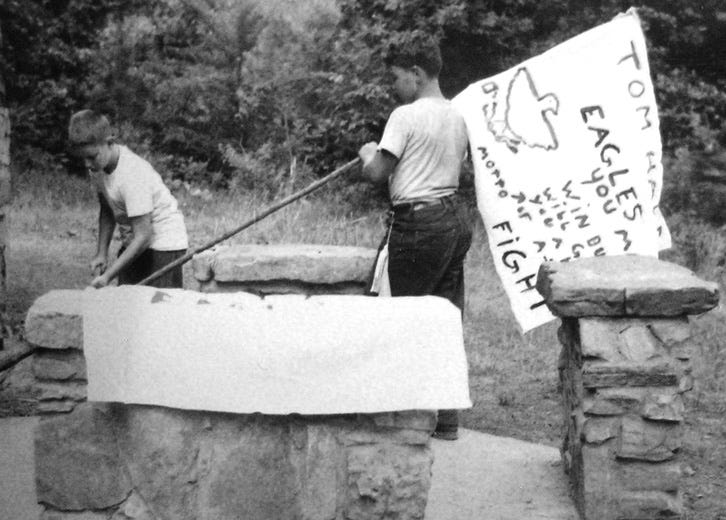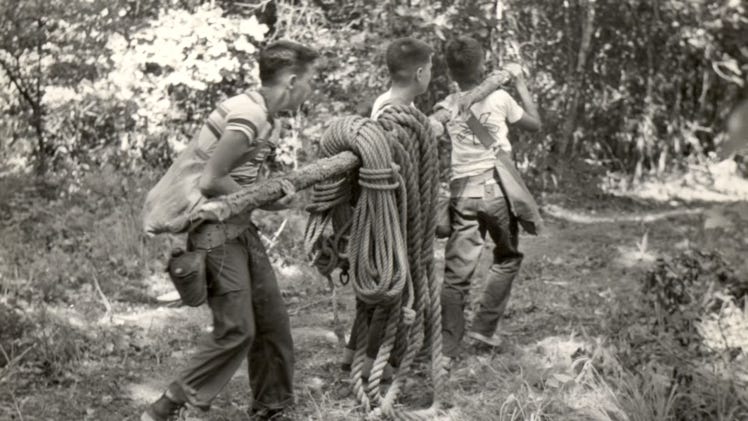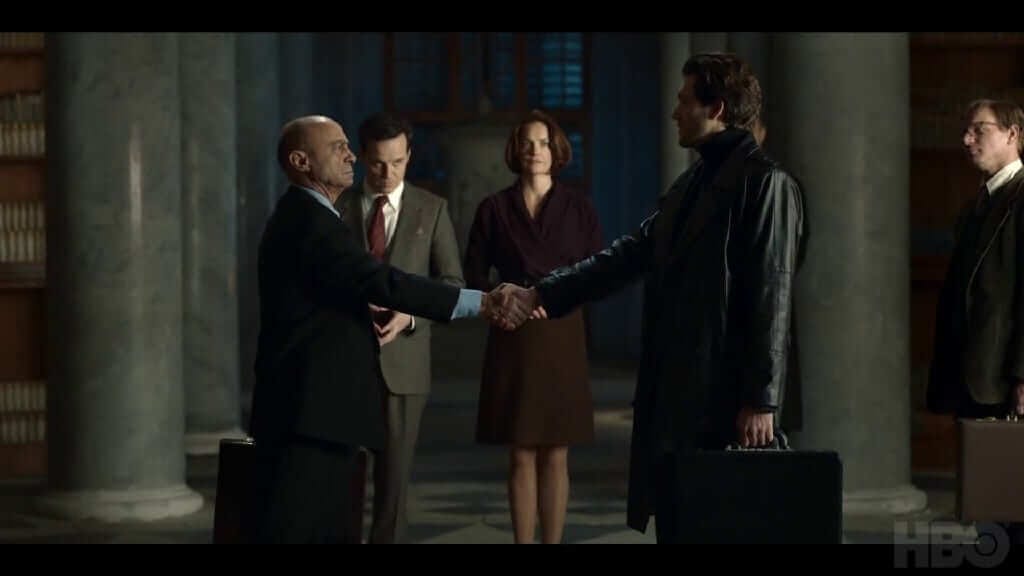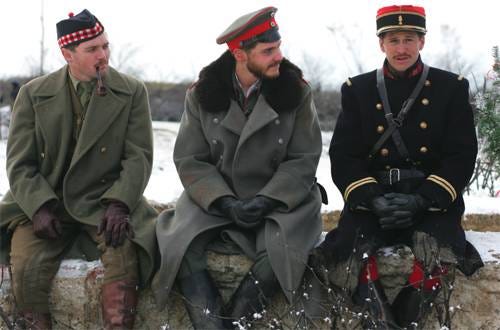Robbers’ Cave State Park in Oklahoma was the site of a three-week experiment conducted by social psychologist Muzafer Sherif in the summer of 1954. There were all sorts of ethical problems with the experiment. The findings, however, were sobering. Sherif organized a camp for eleven and twelve-year-old boys from New Haven, Connecticut. All the boys were well-adjusted and similar in their socio-economic, religious, and ethnic backgrounds. Sherif’s research assistants posed as the camp counselors.
Sherif manufactured a division between the boys through the creation of in-groups and competitions for valuable prizes. Two groupings of boys had separate cabins and were given activities to do that built their sense of identity as a group. One activity was to come up with a name for their group. The two sets of boys named themselves the Eagles and the Rattlers. For five days each group built its own in-group identity with minimal contact with the other group.
Then for four days the Eagles and Rattlers competed for coveted prizes such as pocket knives. The boys began to exhibit increasingly hostile words and actions towards boys in the opposite group. There was ransacking and stealing from the other’s cabin and aggression dangerous enough for the counselors to have to separate the boys.
Then came a two-day cooling off period. During that time the boys were asked to give words to describe the boys in their own group and to describe the boys in the other group. Imagine the worst insults that an eleven-year-old boy might come up with in 1954. Those were the words they used to describe the boys in the out-group. Cheaters, stinkers, braggers, sissies, and such. They used only positive words to describe their own in-group members.
For the last ten days of the camp, Sherif tried various ways to reduce this conflict and animosity with opportunities for all the boys to be in contact doing fun things together. The animosity did not dissolve. In the end, what brought the boys together were scenarios in which they needed to achieve a goal that could only be reached by working together.
I’m reminded of two historical events.
In 1993 a couple from Norway used back channels to bring together a small group of Israelis and Palestinians to try to work out a peace agreement that could stop the devastating violence between the two people groups. The story of the Oslo Peace Accords is long and without lasting success, but these original participants who came together grudgingly and with intense animosity eventually came to understand the pain of the other’s experience. And they overcame hostility and worked together to create the first step towards a peace agreement.
At Christmas time in 1914 on the front lines of World War I, young French, British, and German soldiers, no doubt all feeling the same loneliness and fear, called an informal truce for Christmas music, sharing of food and games, and just talking to each other – human to human. Their governments had manufactured a division between them with dehumanizing propaganda each side heard about the enemy. But during the Christmas truce they discovered in the other group human beings with hopes and fears and loves just like they had. When Christmas was over, they were no longer able to shoot each other.
Two wonderful movies have been made about the Oslo meetings and the Christmas truce. Both deliver a great dose of hope.
THE WAY-BACK MACHINE
At the end of the 19th century, one of the major divides in society was between wealthy industrialists and underpaid laborers working in unsafe conditions in both England and the United States. Rev. T.C. Fry, an Englishman, wrote:
None can deny that wide divisions exist: angry workmen over against angry employers; cities of the poor, grimly monotonous, beside the quarters of the rich…whole tracts of human beings…without insight into each other’s fears and hopes: here are the divisions, fruitless and deepening, created by our civilization.
Links to two organizations (out of several) that are working to heal divides:
Weave: The Social Fabric Project
*A note to subscribers - I’ve had my head down researching and writing a master’s thesis for the past seven months, but the end is in sight. I deliver the paper to my readers on April 7. I look forward to interacting with you in new ways after that milestone!*









